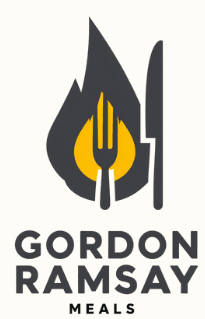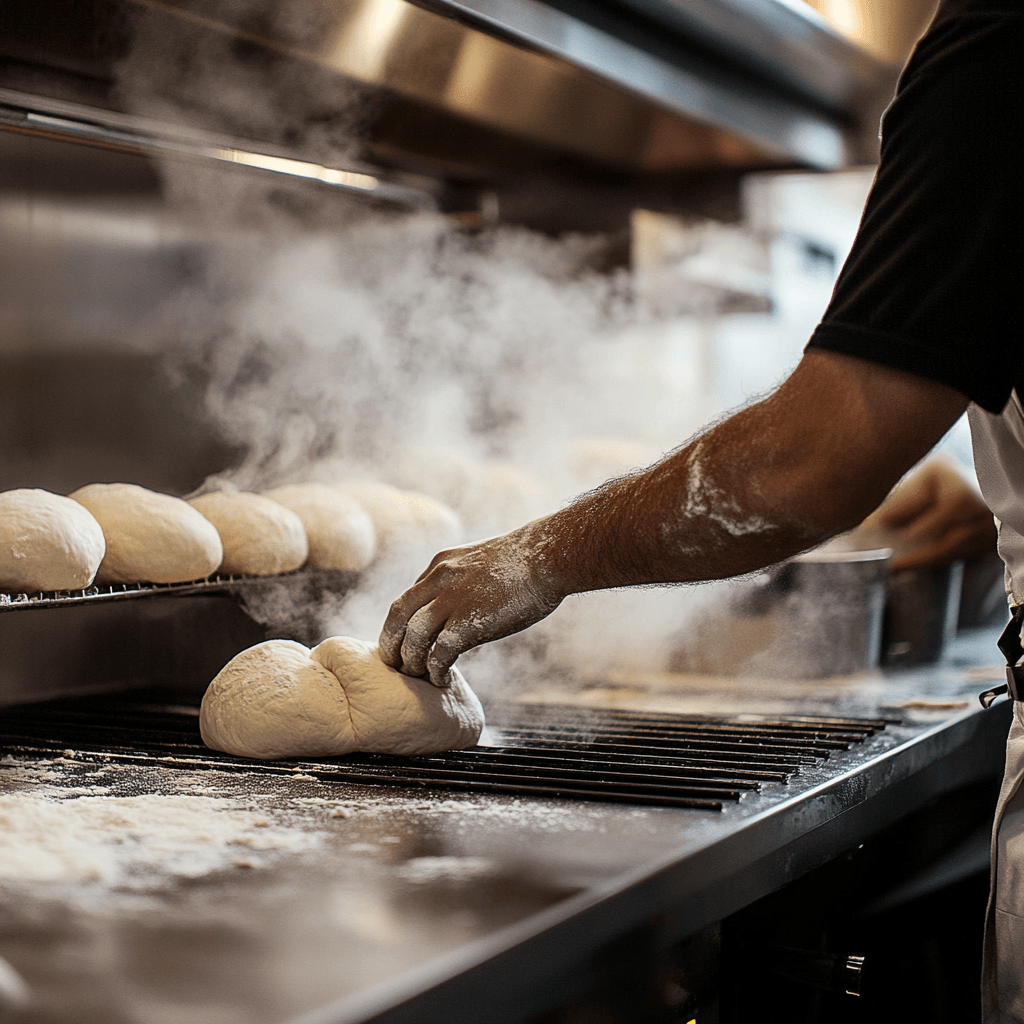Working in professional kitchens taught me that the gap between home baking and restaurant-quality bread isn’t talent – it’s knowledge. These professional bread making secrets separate amateur loaves from the exceptional bread that keeps customers coming back.
After years of learning from master bakers and perfecting these techniques in my own kitchen, including developing the perfect Gordon Ramsay white bread recipe, I can tell you that most professional bread making secrets aren’t complex – they’re just precise. These insider techniques will transform your bread from good to extraordinary.
Secret #1: Temperature Mapping Your Kitchen
Professional bakers don’t guess at temperatures – they measure everything. Your kitchen has microclimates that dramatically affect fermentation. The top of your refrigerator might be 78°F while your counter stays at 72°F.
Professional bread making secrets include creating temperature maps of your kitchen to find the perfect spot for each rise stage. I use multiple thermometers placed around my kitchen to track these variations throughout the day.
Secret #2: The Autolyse Technique
This professional bread making secret involves mixing flour and water 20-60 minutes before adding yeast and salt. This pre-fermentation period allows flour proteins to hydrate fully, developing gluten structure with minimal kneading.
According to baking science experts, autolyse improves dough extensibility and flavor development while reducing mixing time – exactly what professional bakers need for consistency.
Secret #3: Restaurant-Quality Butter Selection
Professional kitchens use European-style butter with 82-84% fat content (compared to standard American butter’s 80%). This higher fat content creates superior flavor and texture in bread applications.
The lower water content prevents gluten interference while providing richer taste. Many professionals also clarify butter for specific applications, removing milk solids that can cause burning during high-heat baking.
Secret #4: Steam Injection Systems
Professional ovens include steam injection, but you can replicate this at home. Place a cast iron pan on your oven floor and add boiling water when you load the bread. The steam delays crust formation, allowing maximum oven spring and creating that thick, chewy crust professionals achieve.
Secret #5: Precise Hydration Control
Professional bread making secrets include calculating exact hydration percentages rather than using volume measurements. Water temperature, flour absorption rates, and ambient humidity all affect final dough consistency.
Professionals adjust water content based on these variables, sometimes varying by 5-10% from the base recipe to maintain consistent results.
Secret #6: Pre-ferment Flavor Development
Poolish, biga, or levain pre-ferments are professional bread making secrets that add complexity without extra ingredients. These overnight fermentations develop acids and esters that create depth of flavor impossible to achieve with straight dough methods.
Even a simple overnight poolish using 25% of your total flour creates dramatic flavor improvements in the final bread.
Secret #7: Proofing Box Temperature Control
Professional bakeries use proofing boxes maintaining exact temperature and humidity. You can create this environment using your oven’s proofing setting or by placing dough near (not on) a warm radiator with a bowl of water for humidity control.
Secret #8: Bench Rest Timing
Professional bakers never skip bench rest periods during shaping. This 15-20 minute relaxation allows gluten to reorganize, making final shaping easier and preventing tearing that creates dense spots in finished bread.
Secret #9: Internal Temperature Mastery
Professional bread making secrets include knowing exact internal temperatures for different bread styles. White bread finishes at 190°F, enriched breads at 185°F, and rustic breads at 205°F. Professionals never guess – they measure.
Secret #10: Controlled Cooling Environments
Professional bakers control cooling conditions as carefully as baking. Rapid cooling in drafts creates tough crusts, while too-slow cooling in warm environments causes condensation that makes crusts soggy.
The ideal cooling environment maintains 65-70°F with moderate air circulation – conditions that preserve crust texture while allowing proper moisture redistribution throughout the crumb.
These professional bread making secrets require precision and patience, but they deliver results that rival the best commercial bakeries. Whether you’re perfecting classic white bread techniques or exploring signature restaurant dishes, these fundamentals separate amateur from professional results.
Stay safe, Jack Sullivan



